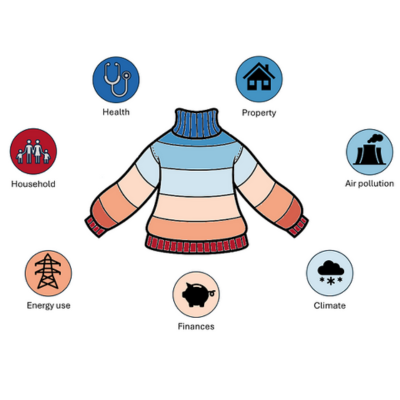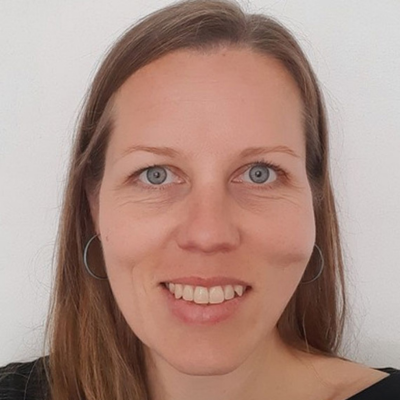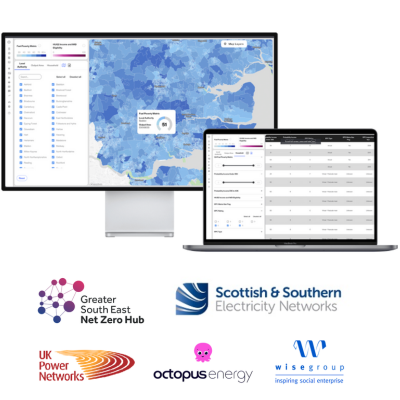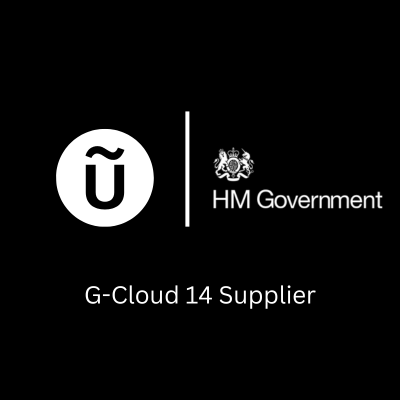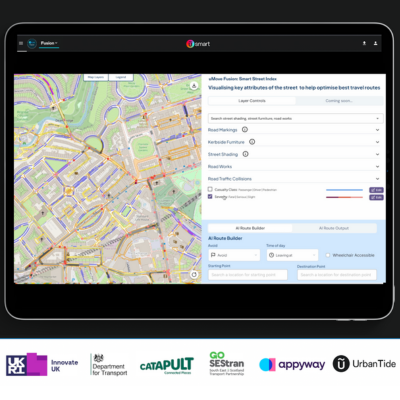Last week UrbanTide presented opportunities around smart city and open data initiatives in the water sector at the Water Innovation Europe conference organized by WssTP (Water Supply and Sanitation Technology Platform) which is the European technology platform for water.

The main aim of the conference was to create and support a future proof model for a water smart society. To achieve this WssTP identified four key components:
1. The value of water: developing a water smart economy using advanced solutions and a systems approach to eco-innovation, circular water-economy, and state-of-the-future water infrastructure in order to increase rational and sustainable use and re-use.
2. New digital and water technologies: deploying advanced digital solutions, in a network of sensors in the water distribution systems, capturing and utilising new information to manage these systems in real-time.
3. A hybrid grey and green infrastructure: redefine and redesign the water distribution systems into a high-tech human-built water infrastructure seamlessly integrated into nature based ecosystems.
4. Enabling multi-stakeholder governance: new governance models at all levels and across all sectors managing availability of water for all users.
The global water industry is a crucial enabler of our society; it is essential when it comes to our food, sanitation, health and general well-being. Global trends project a 55% increase in global water consumption by 2050, while water quality is declining due to urban, agricultural and industrial pollution. According to WssTP, we don’t currently have comprehensive all-encompassing knowledge about the way we use our available water sources, as well as the status of our water bodies.
Water scarcity is a problem even in Europe – 11% of the EU territory is facing water scarcity problems and this is projected to increase to 30% by 2030. Systems and solutions to increase knowledge about water systems, tools to deal with disruptive weather climate change events, as well as unique and innovative technologies and strategies will be needed to optimise management of our water resources.
Digital technologies and smart systems are at the heart of developing sustainable solutions and flexible coping mechanisms. Big data and open data will become key assets for high-quality forecasting capabilities, mathematical modelling and visual applications, extremely high levels of real-time knowledge and decision support. The global utility company expenditure on data analytics will grow from $700 million in 2012 to $3.8 billion in 2020, with gas, electricity and water suppliers in all regions of the world increasing their investments.
When it comes to water and digital the short summary is that water is hard. Due to the nature of the water infrastructure, networks are often easier digitalized then plants. Water sensors are much more complicated, taking measurements is more difficult it needs to happen at a distance and not ‘on-chip’. IoT for water is a different category than IoT for environment, energy or transport for example. The water industry is a very diverse and fragmented industry, it looks different in every region and country. It is mostly dominated by large legacy companies, and SMEs have the playfield when it comes to ICT, nano and micro sensors, impact innovation, IoT and other smart functionalities.
However, smart water systems are the future. Digital is essential to bring down barriers of efficiency such as siloism and visibility of system performance. As of now the Smart City Community often doesn’t recognize the importance of Smart Water, due to the fact that water is less sexy/less visible then transport, energy or other smart grids and network projects.
Eradicating data silos and data islands in the water sector is crucial. The City of Atlanta is a perfect example on how far simple sensors, and algorithms with simple correlations can go. The City ran a pilot project with Accenture’s water utility analytics and monitoring software. In the first 2 months $7 million worth of projects were dropped and thus saved due to project correlation and overlap.
We also introduced a number of successful open data water industry projects from around the world.
In Seoul, due to the lack of information and a number of other factors, its citizens were suspicious of the quality of the tap water and consequently tap water consumption was low. A monitoring system to assess the quality of water had not been available which led to high sales volume of bottled water, irresponsible underground water development, and the haphazard use of purifiers which led to pollution. Citizens of Seoul were wasting a precious resource, while at the same time causing potential public health problems.
In order to mitigate this situation a number of measures were put in place. A new water monitoring system was installed that allowed citizens to access real-time data on water quality via the Internet at the city’s public engagement website oasis.seoul.go.kr. Water quality inspectors were dispatched who visited houses free of charge. They inspected and provided quality assessments on the tap water. To build trust and confidence in the water system citizens were able participate in online assessment of the water quality. As a result, citizen’s confidence levels have risen, and a 20% increase in tap water consumption and greater conservation of ground water was observed. (opengovguide, 2009)
Another examples is California. The state is currently experiencing one of the worst droughts on record. Access however to water data still remains difficult; data is collected by hundreds of organizations and agencies across state, with no common infrastructure to share this data. In order to identify current water resource issues and create sustainable solutions improving access to data and enabling open exchange of water information are vital actions.
To mitigate the effects of drought Agencies and organizations came together and created a platform that tracks the state of CA’s reservoirs. It provides near-real time updates based on data provided by a number of stakeholders, such as U.S. Drought Monitor, U.S. Bureau of Reclamation, U.S. Army Corps of Engineers, and more; reservoir data accessed from the CA Data Exchange.
The website intends to act as a “toolbox” for key decision makers when it comes to decisions regarding water use, providing them with valuable water data gathered into and visualized as a storyline that expresses the complexity of water management in a more comprehensible and interactive manner. (USGS, 2016)
We, however, don’t need to go far for data in the water industry. The UK water sector is estimated to hold around 1% of all data in Europe. Among these datasets, often hidden and poorly exploited are patterns, trends and anomalies that could offer solutions to many of the challenges faced by water companies, from better understanding customer behaviour to system optimization and much more. This data if often only big data, not smart data, and thus these patterns and trends, and invaluable information remains undetected and untapped. (utilityweek, 2015)
One of the companies, in the UK, taking the available data on water and weather and developing a useful tool out of it is Shoothill. Shoothill developed a live flood map, giving users in England, Wales & Scotland personalised and detailed, mapped flood warnings and alerts.
Users of FloodAlerts can monitor at-risk areas around their homes, or even set up warnings if travel routes they need to use to get to work could be affected. Warnings related to their monitored areas are then emailed or posted to a user’s Facebook wall using live open data from the Environment Agency.
Water information is highly sought after by a wide range of end users, both within government and business as well as by the public. Water touches virtually all social and environmental areas and there is a multidisciplinary knowledge in this field.
Open Data practices in the water industry are known to increase citizen’s stewardship of the precious water resources and augments water treatment and provision services. It has the potential to move the water industry towards system’s interconnectedness providing answers and solutions to water resilience problems.
